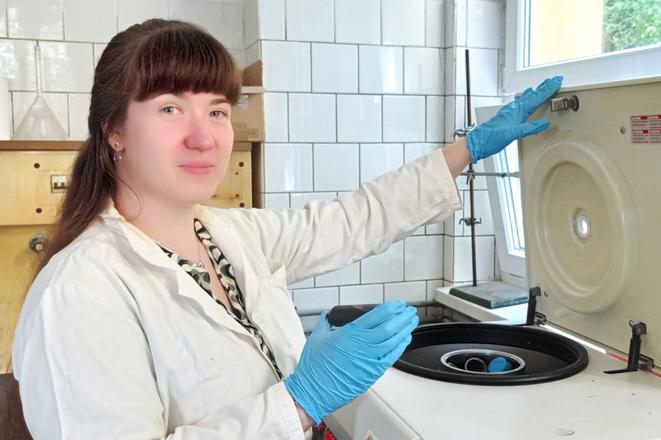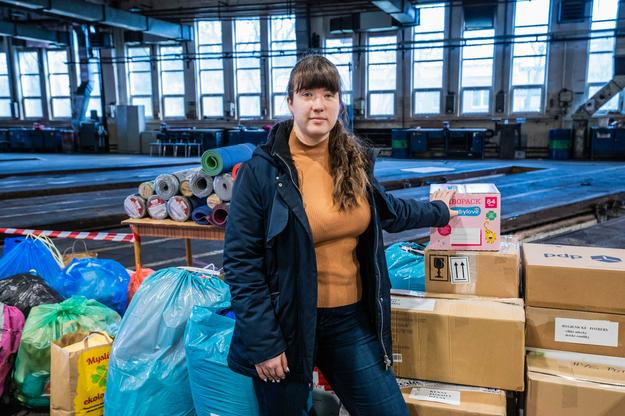In Ukraine, people were in shock and nobody wanted to believe. During the first weekend after the war started, she went to the Zrkadlový Háj cultural venue in Bratislava and worked there as a volunteer. That is how materials scientist Anastasiia Stepura recollects the first days of the Russian invasion.
Stepura comes from Lviv, in western Ukraine. Her parents, grandparents and sister are still there. Although she would like to be reunited with her family, she says that would be difficult: her father must stay in Ukraine, as general mobilization there means military-age men are not normally allowed to leave.
Currently, Stepura is a PhD student at the Polymer Institute of the Slovak Academy of Sciences (SAV). She came to Slovakia in March 2019. In her research she focuses on MXenes, two-dimensional inorganic nanomaterials which scientists hope can be used in a range of promising applications.
The Slovak Spectator talked to her about her life in Slovakia, her research, and about the war in Ukraine.
A difficult start
Upon finishing her master's degree at the Ivan Franko National University of Lviv in 2018, Stepura got the opportunity to come to Slovakia. She arrived in March 2019 and at first worked at the Polymer Institute.
"These semester [in spring and summer 2019] actually helped me a lot before I started [my PhD] studies. I came here as a scientific and technical worker to familiarise myself with the institute, its techniques, devices, and the project. It was a kind of acclimatization," Stepura says.
It was a steep learning curve and, she says, bewildering at first. But as she became familiar with everything, her experience improved. In the autumn of 2019 she started her PhD studies.
Language was not much of a problem for Stepura. Before she arrived, she had a few private lessons. Moreover, she spoke B1 level of Polish, which helped, given the similarities between Slovak and Polish. She admits to occasionally being tripped up by what linguists call ‘false friends’. For example, ‘čerstvý’ in Slovak means ‘fresh’, but in Polish the identical-sounding word – ‘czerstwy’ – means old.




